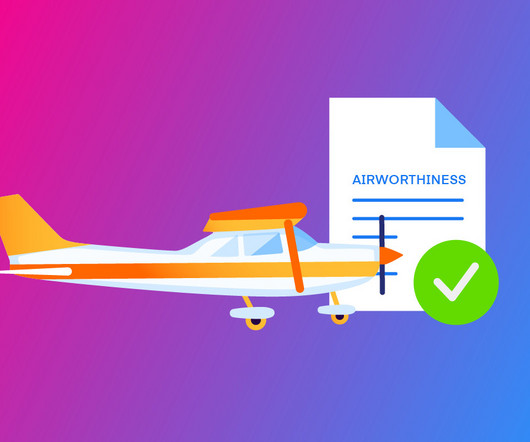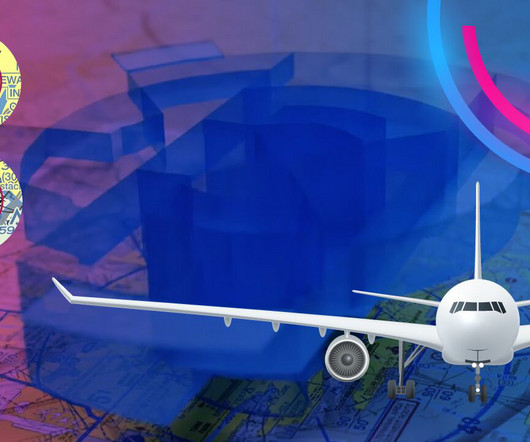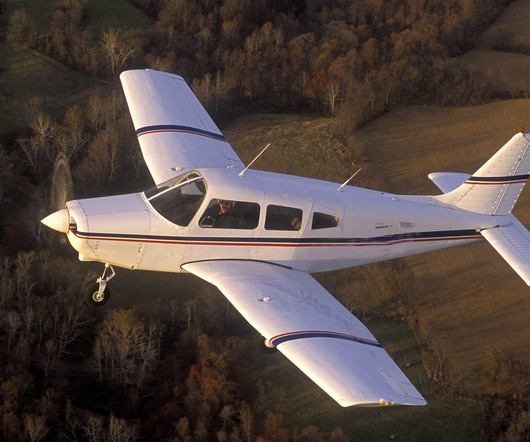Airworthiness Requirements Explained
Pilot Institute
JULY 9, 2025
Pilot and Owner/Operator Responsibilities Pilot-in-Command (PIC) Responsibilities 14 CFR 91.7(b) b) states that, “The pilot in command of a civil aircraft is responsible for determining whether that aircraft is in condition for safe flight” Notice how this doesn’t mention a mechanic or an operator.











Let's personalize your content